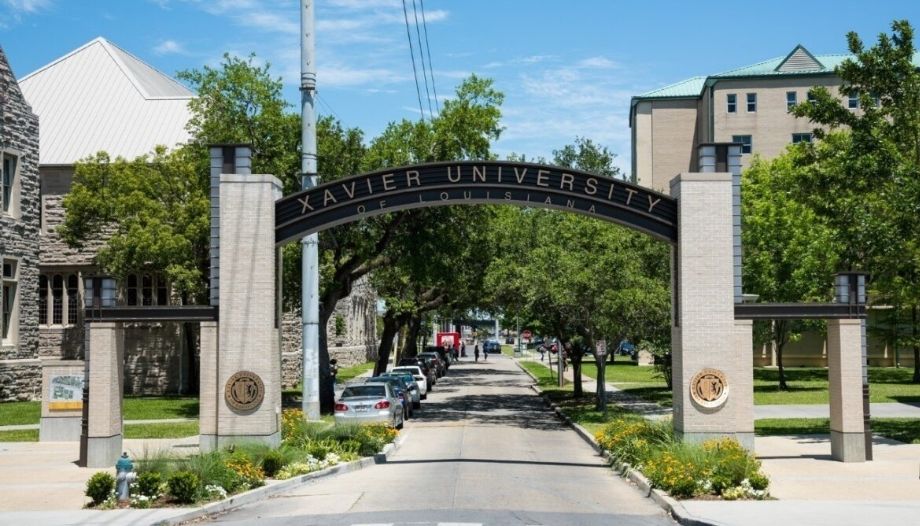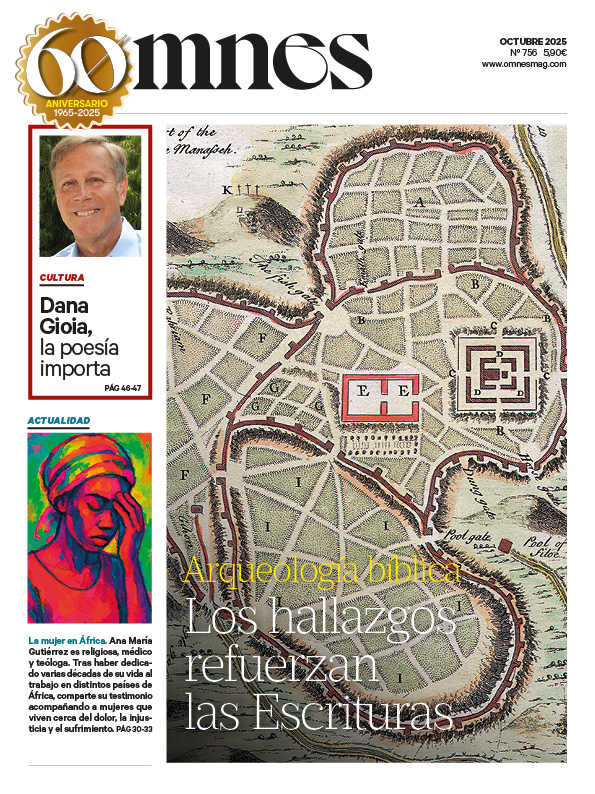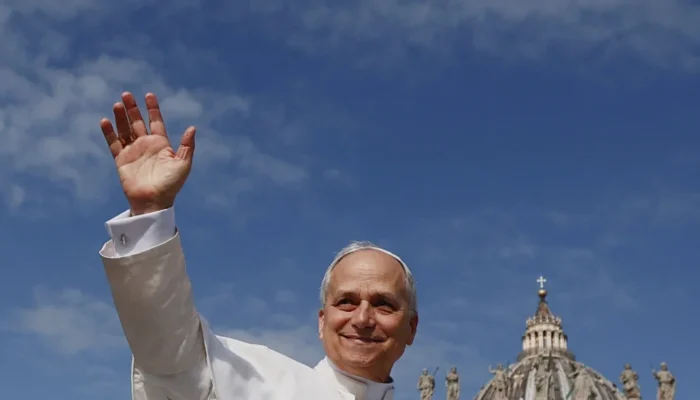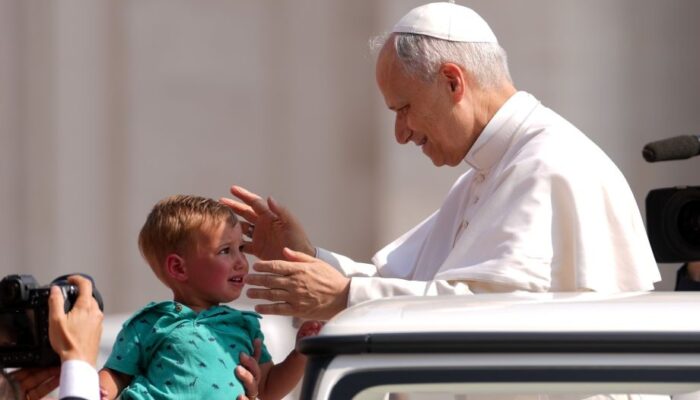- Peter Finney Jr. (New Orleans, OSV News)
Xavier University was founded in 1925 on the initiative of St. Catherine Drexel (Philadelphia 1858 - Cornwells Heights 1955), thanks to the financial strength of the multimillion-dollar inheritance she received from her father's Philadelphia banking estate.
There are legendary stories of how the socially conscious heiress - a slender but energetic nun who overcame the hostility and indifference of society and the church - established an incredible network of schools, churches and missions specifically for blacks and Native Americans.
Ahead of its time
In fact, Santa Catalina was almost a century ahead of his time in demanding civil rights for the invisible and oppressed, pushing the Catholic Church in the U.S. on the road to racial integration.
The jewel in the crown of the education system of the Santa Catalina was Xavier University of Louisiana, the only Catholic institution of higher education established exclusively for African Americans in the Western Hemisphere. The university culminated its centennial with a Mass at St. Louis Cathedral in New Orleans on October 1.
Xavier, known for its pharmacy and premed programs, continues to be a national leader in sending African-American graduates to medical school.
Louisiana Medical School
In 1927, he established an innovative pharmacy program to train African Americans to work in underserved communities in rural Louisiana. And now, Xavier is embarking on his most ambitious project yet. A multi-year project that will culminate in the launch of Louisiana's fourth medical school, in partnership with Ochsner Health.
One of the overall goals of the Xavier Ochsner School of Medicine will be to increase the number of underrepresented African-American and other ethnic medical professionals. Louisiana ranks third nationally in underrepresentation per capita.
"If you look at what Mother Catherine founded at Xavier, it was expected to be a school that interpreted the signs of the times," Reynold Verret, Xavier's president since 2015, told OSV News. "He didn't found the pharmacy school right away, but there was a perceived need. Establishing a medical school involves interpreting the signs of the times and determining where education is needed, and where Xavier can contribute significantly."
In 2019, in another partnership with Ochsner, Xavier established a physician assistant program as a way to expand its workforce of licensed and highly qualified healthcare professionals.
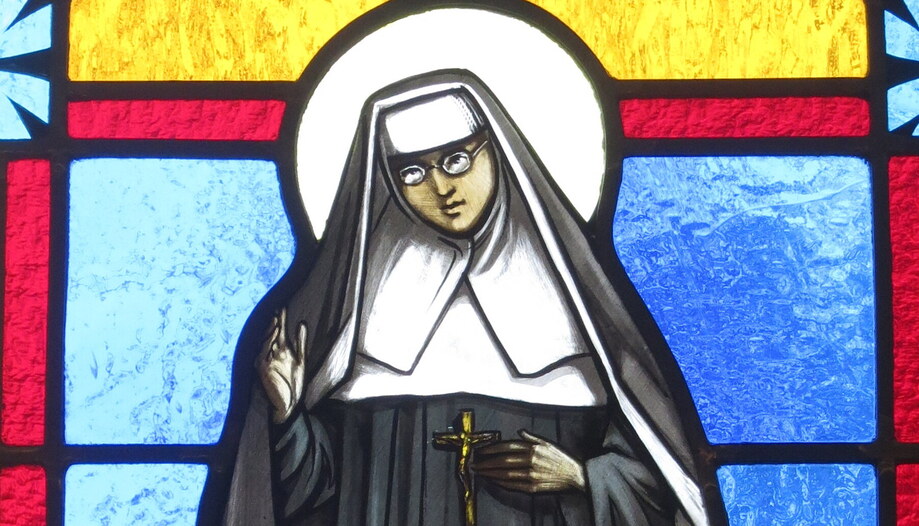
The spiritual mission of St. Catherine
Katharine Drexel's story is mind-boggling and extends far beyond the millions of dollars she invested in establishing and supporting 65 schools, churches, and centers in 21 states through her religious order, the Sisters of the Blessed Sacrament.
But in an age when Americans are obsessed with Powerball lotteries and the stock market, the money Katharine Drexel gave away is a powerful, countercultural sign. Indeed, she was someone with a unique spiritual mission.
His father's estate
Check this out. When his father, Francis Drexel, died in 1885, the influential banker left an estate of $15.5 million that was divided among his three daughters - Elizabeth, Catherine (Katharine's birth name) and Louise.
Approximately $1.5 million went to various charities, and the girls shared in the income generated by the $14 million, about $1,000 per day for each woman.
In today's dollars, the estate would be worth approximately $250 million. Over 60 years, until her death in 1955 at age 96, Mother Katharine spent some $20 million to support her work. Building schools and churches and paying teachers' salaries in rural schools for black and indigenous people.
The sisters
Louise Drexel Morell, her younger sister, contributed millions to similar causes. Elizabeth, the older sister, died in 1890 in premature childbirth, a year before Catherine founded the Sisters of the Blessed Sacrament for Indians and Negroes in Bensalem, Pennsylvania, just outside Philadelphia.
Francis Drexel drafted his will with great care. His daughters controlled the income of the estate and, after his death, Drexel's estate would pass to his children. Drexel did this to prevent his unmarried daughters from falling into the clutches of "gold diggers."
However, neither Catherine nor Louise had children, and the will stipulated that, if that happened, upon the death of their daughters, the money would be distributed among various religious orders and charities: the Society of Jesus, the Christian Brothers, the Religious of the Sacred Heart, a Lutheran hospital and others.
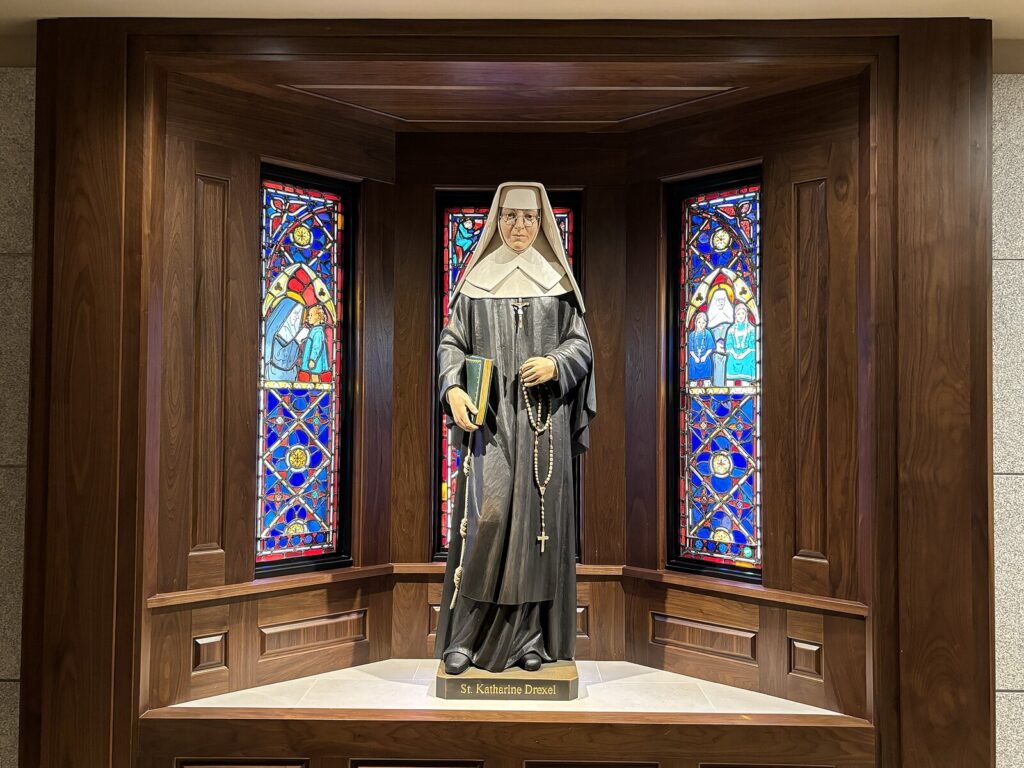
Mother Katharine's longevity
Drexel, of course, had no way of knowing that her "Kate" would enter religious life in 1889 and two years later found her Order. Thus, after her death in 1955, the Sisters of the Blessed Sacrament no longer had Drexel's fortune to sustain their ministries.
Norman Francis, Xavier's president from 1968 to 2015, always considered Mother Katharine's longevity, especially after the severe heart attack she suffered in 1935, a miracle.
"Xavier is a miracle not only for all that he has done, but for the mere fact that he has survived and thrived," Francis said before Catherine was canonized in 2000 by St. John Paul II. "If she had died at the normal age of 70, which at that time would have been an advanced age, Xavier would have had difficulties.
But God allowed her to live to 96, and we could count on that interest for many more years." Many believe that Kate's stepmother, Emma Bouvier, planted the seeds of her religious vocation.
Francis Drexel, his father
Francis Drexel married Bouvier a few years after the death of his first wife, Hannah, who had died after giving birth to Kate in 1858. Twice a week, the Drexels distributed food, clothing and rent assistance from their family home in Philadelphia.
Kate made her social debut in Philadelphia in 1879, but her stepmother contracted cancer shortly thereafter. Kate cared for her during the last three years of her life and realized that even the Drexels' immense fortune could not prevent Emma's death in 1883. Kate began to consider a religious vocation.
Kate was still in shock over her father's death when she and her sisters traveled to Europe in 1886, hoping that she would regain some physical vigor.
Pope Leo XIII
The vacation culminated in Rome in January 1887, when Pope Leo XIII received the Drexel sisters in a private audience. Kate told the pope of her deep attraction to the contemplative life, but also described the plight of the Indians in North America.
"It has seemed to me more than once, Your Holiness, that I must also help them with my personal work among them. And if I enter a cloistered congregation, I might be abandoning those whom God wants me to help," he told the Pope. "Perhaps Your Holiness will appoint a congregation that will devote all its time and effort to the indigenous missions."
Why not be a missionary yourself, my child?"
Pope Leo XIII responded with a question, "But why not be a missionary yourself, my daughter?"
Arriving in the anteroom after the meeting, Kate burst into tears, knowing she no longer had to wait. Her decision shocked Philadelphia social circles. The Philadelphia Public Ledger ran this headline, "Miss Drexel enters Catholic convent and gives up seven million."
In 1915, when Mother Katharine bought an abandoned college building to open Xavier Preparatory School in New Orleans, vandals smashed all the windows.
Criticism of the investment
In the late 1920s, when Mother Catherine found property in New Orleans to expand Xavier University, she turned to a third party purchasing agent to keep the transaction from falling through.
When the elegant campus opened in October 1932, a priest gazed at the expensive Indiana limestone buildings and commented in Latin: "O vastum!" ("What a waste!").
Blessed Catalina never heard the comment. The woman who had spent $656,000 on the land and new buildings watched the dedication ceremony from a third floor window, away from the dignitaries' platform.
We are all children of God
"His response to the New York Times reporter, who asked him why he spent so much money, especially on expensive stone for his buildings, was, 'Don't they deserve the best?" said Verret. "He had a deeply Christian conception of humanity: that, basically, we are all children of God."
Ronnie Owens, 72, a 1975 accounting graduate, recalled how he washed dishes and served food in Xavier's cafeteria. He did it during his last two years at nearby Booker T. Washington High School. And then he managed warehouse inventory as a Xavier college student in exchange for free tuition.
"If it hadn't been for me, when I was a high school student working there, I would say there was a 100 % chance I wouldn't have been at Xavier University," Owens said.
Alumni speak
Milton Granger, in charge of student affairs at Xavier at the time, spotted Owens, 18, in the cafeteria and told him to show up the following Saturday to take the SAT. Owens loved math in high school.
"My SAT score was pretty high," said Owens, who became an administrative assistant under Ernest 'Dutch' Morial, the city's first black mayor. "In the four years I prepared at Xavier for high school, I didn't have to pay a dime."
Dominique Bell, a 2009 pharmacy student and four-time Gulf Coast Athletic Conference Player of the Year in tennis, said her background allowed her to move smoothly into a career as a retail pharmacist. And later as a clinical pharmacist in long-term care in Ridgeland, Mississippi, north of Jackson.
"Xavier is very selective in choosing its students for those programs," Bell said. "It requires a certain GPA just to get into pharmacy school. And the same goes for their ability to place all those (future) physicians in medical school. There's a high bar."
"We educate where there is a need," Verret said. "I assure you that someone after me will interpret the signs of the times and say, 'We don't need this anymore. We need to move in this direction.'"
——————–
This information has been originally published in OSV News, and can be found at here.
Peter Finney Jr. is the former executive editor of the Clarion Herald, official newspaper of the Archdiocese of New Orleans. He writes for OSV News from New Orleans.
——————

